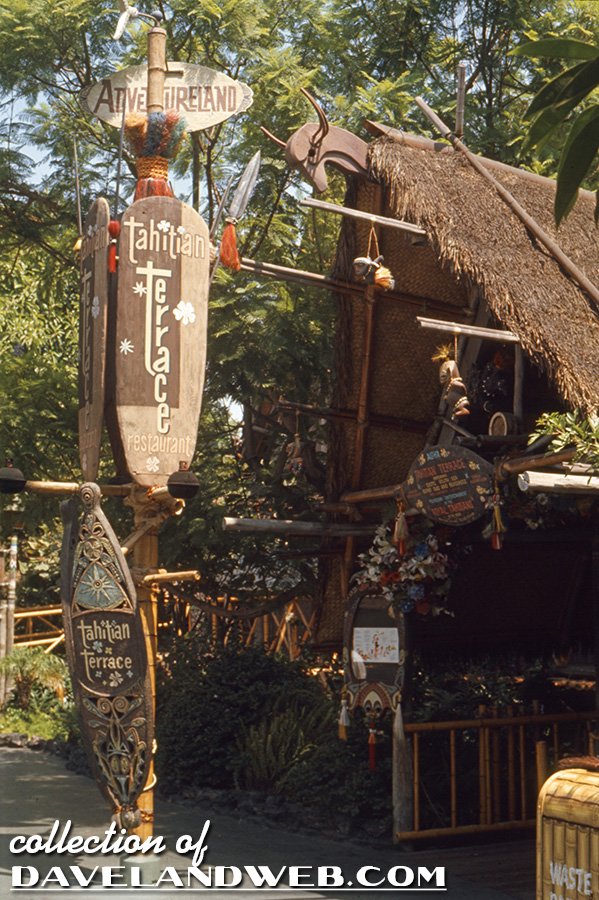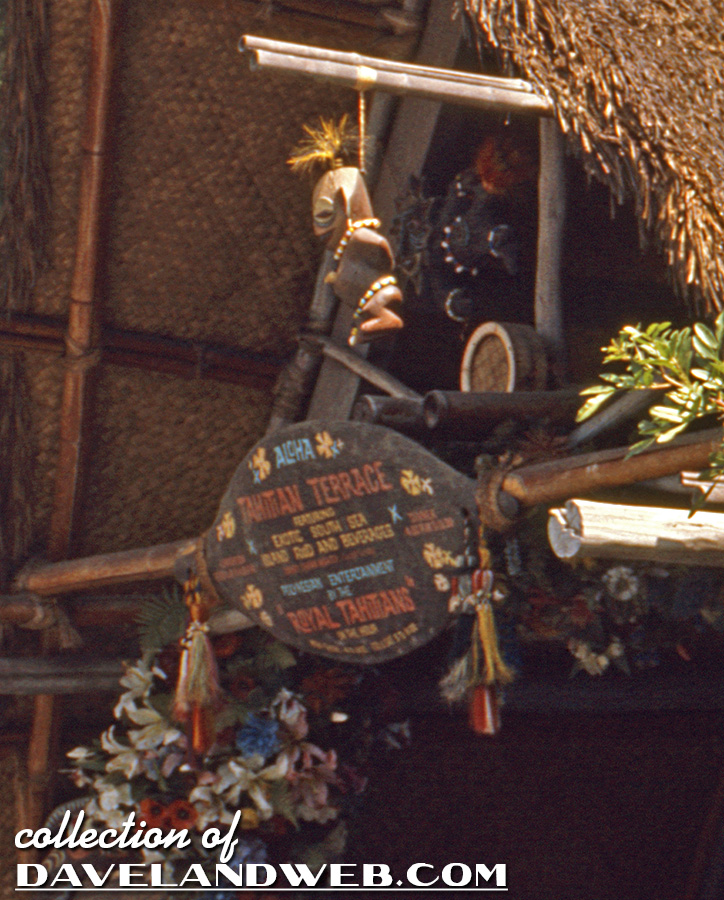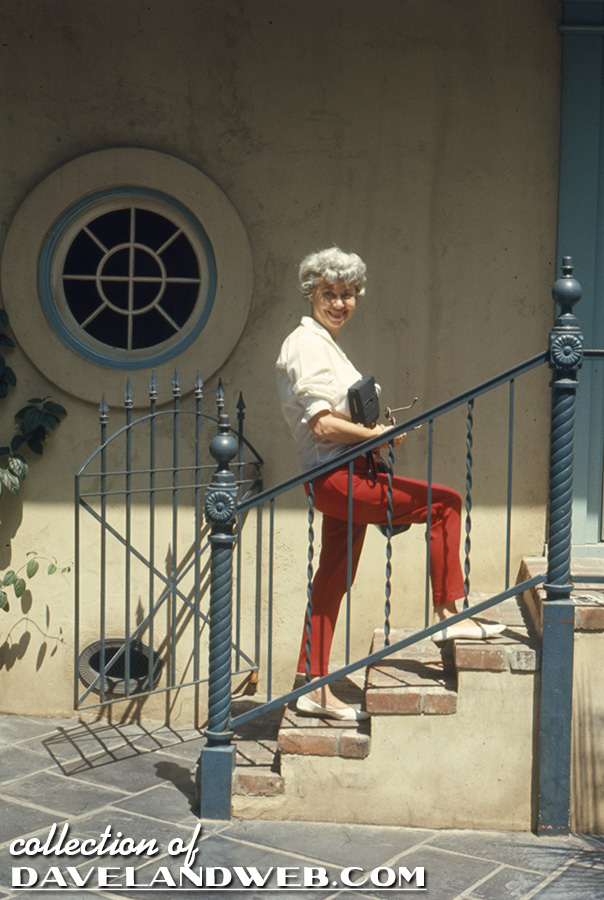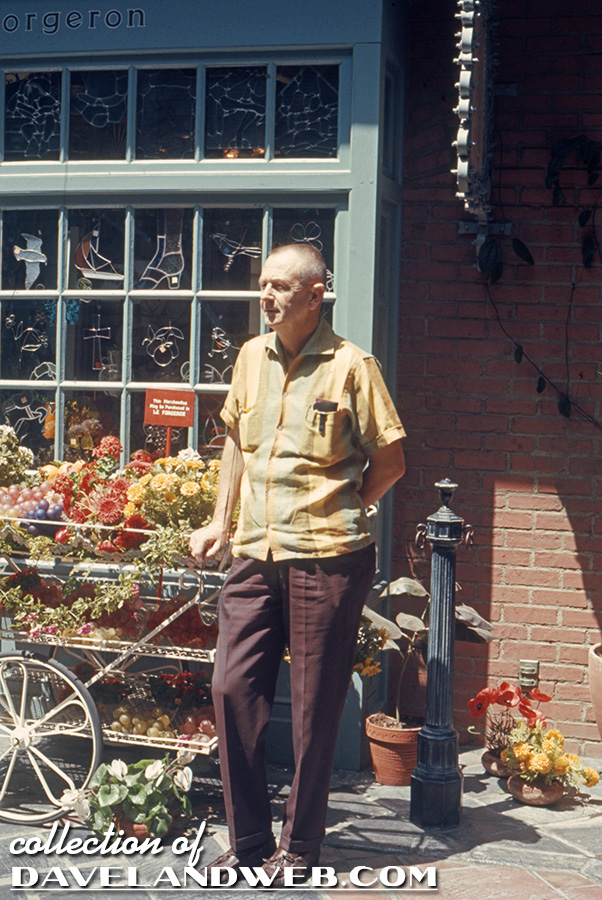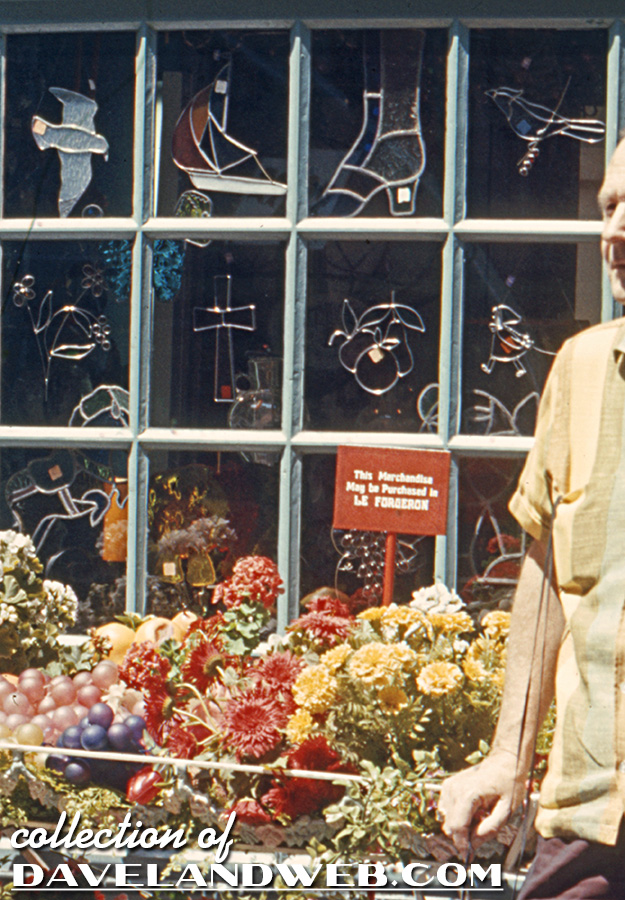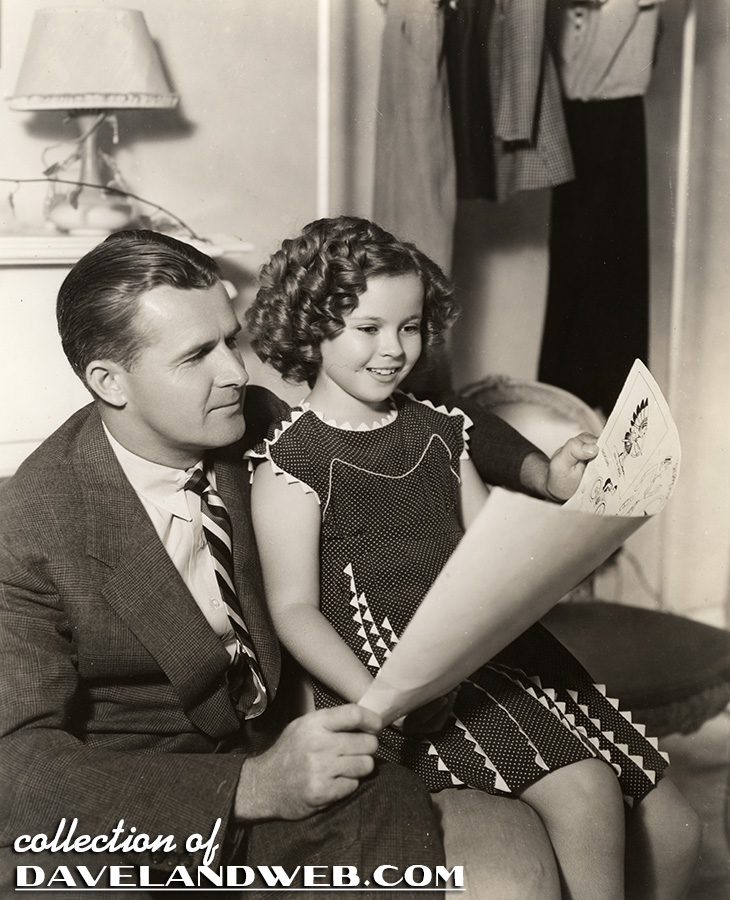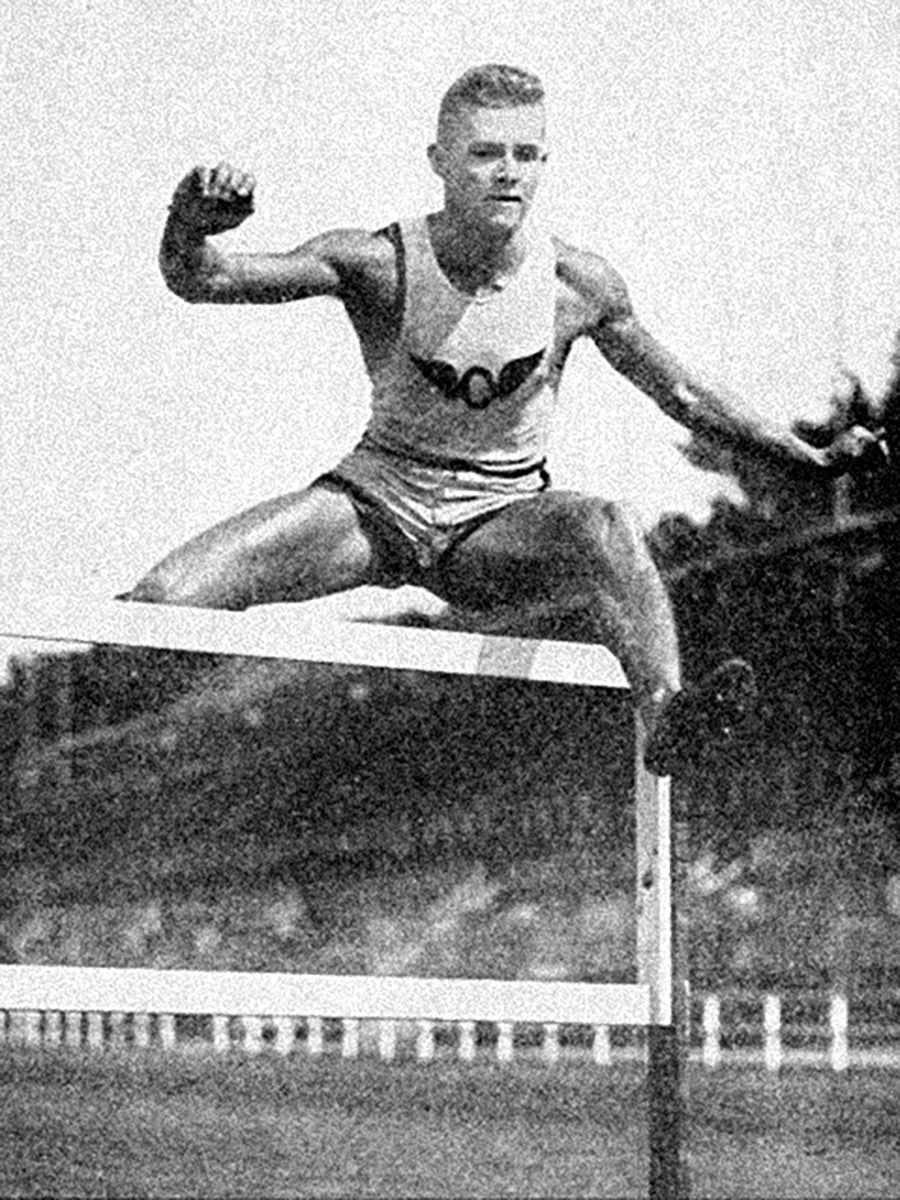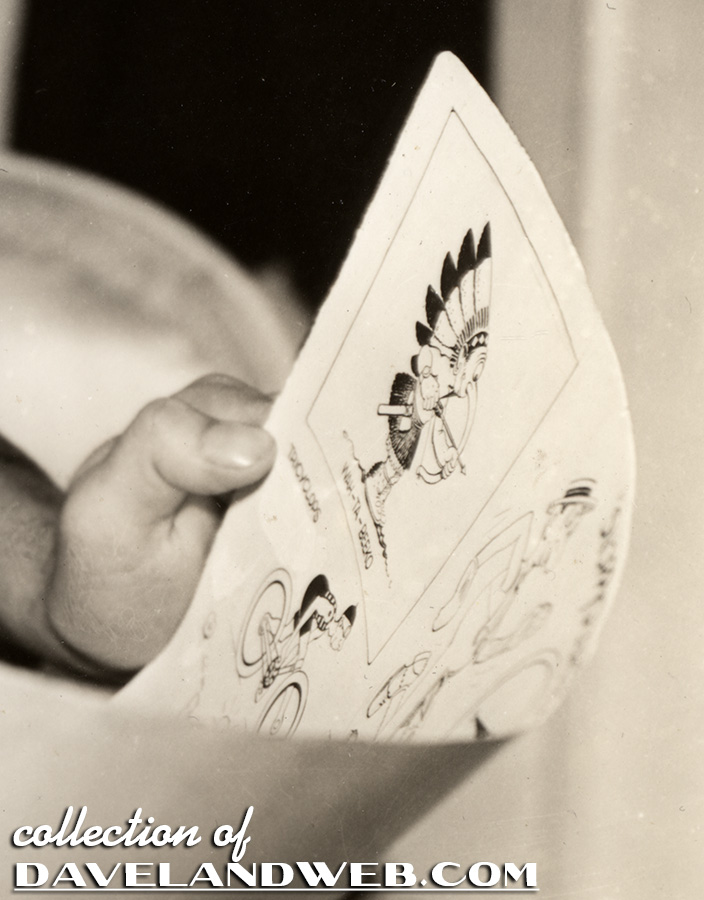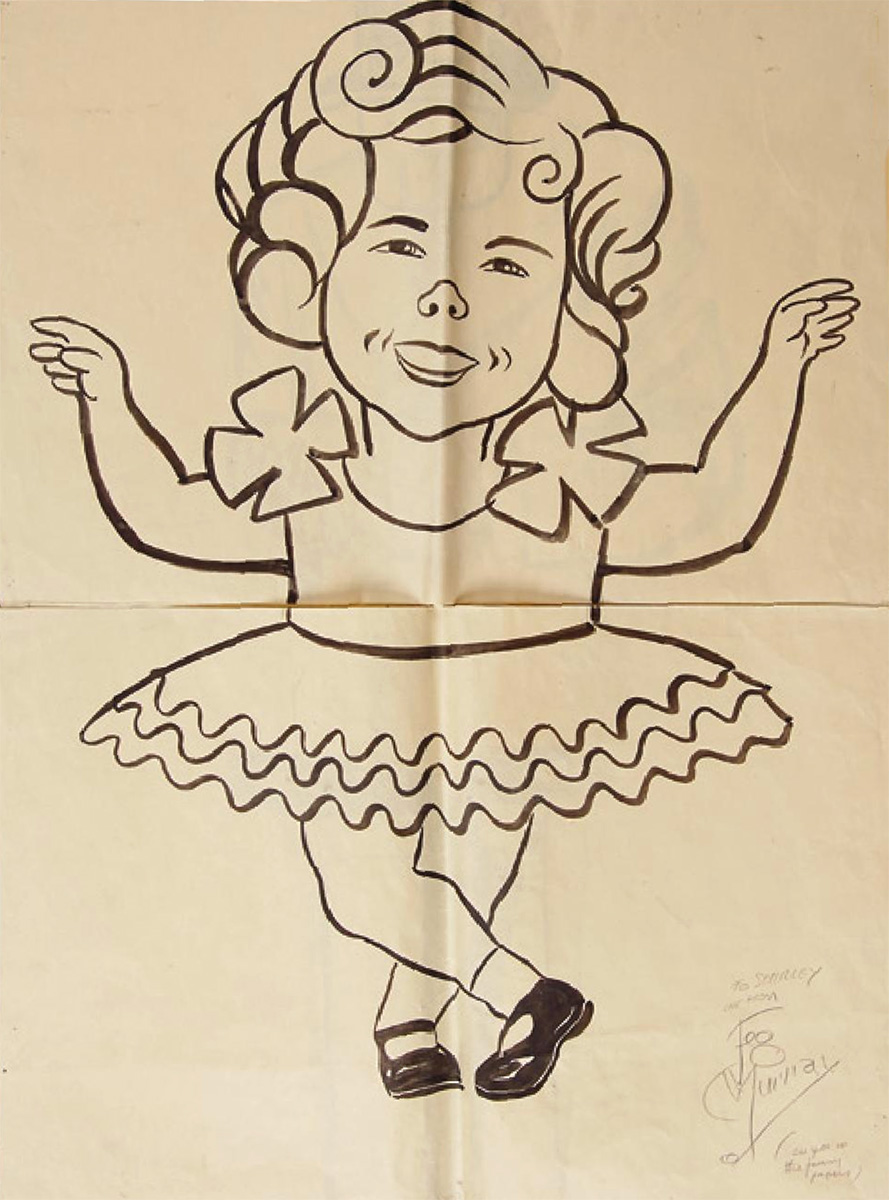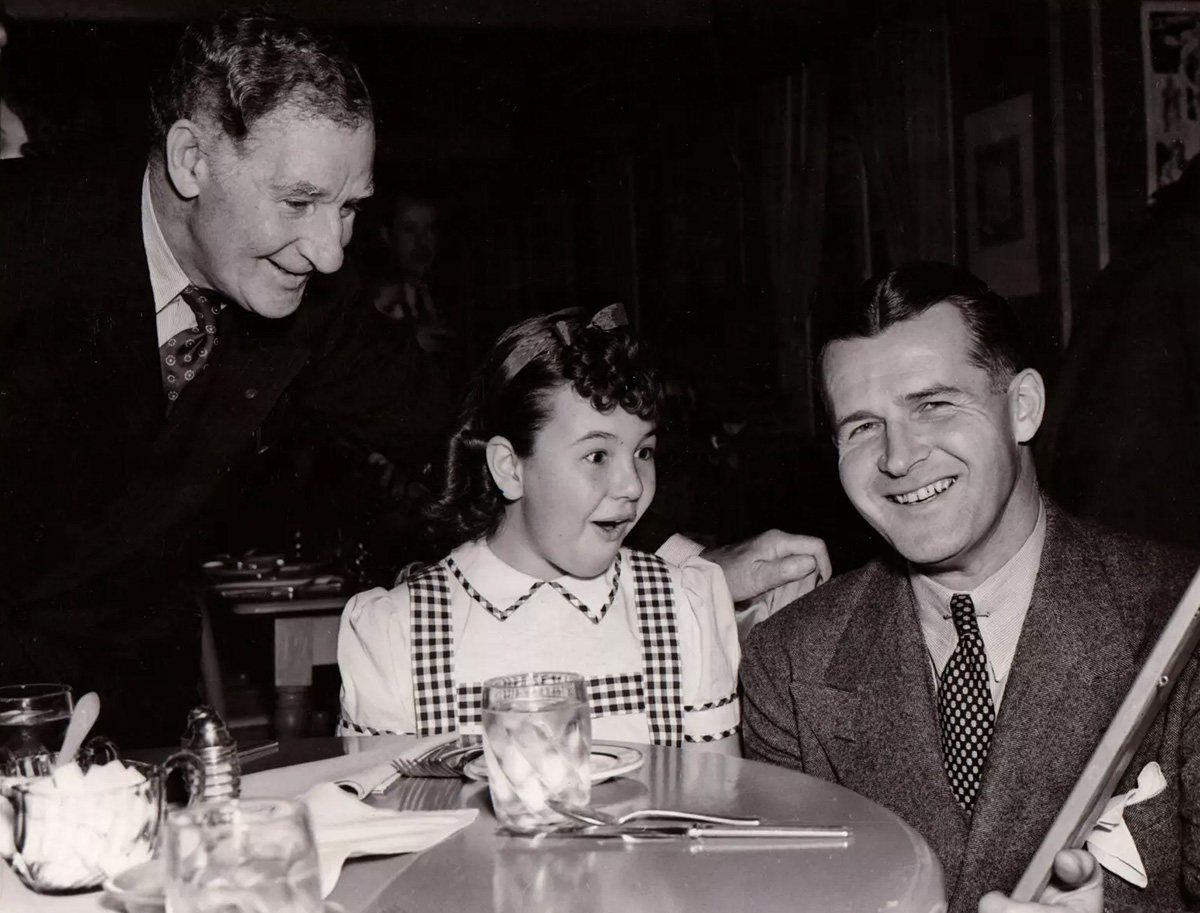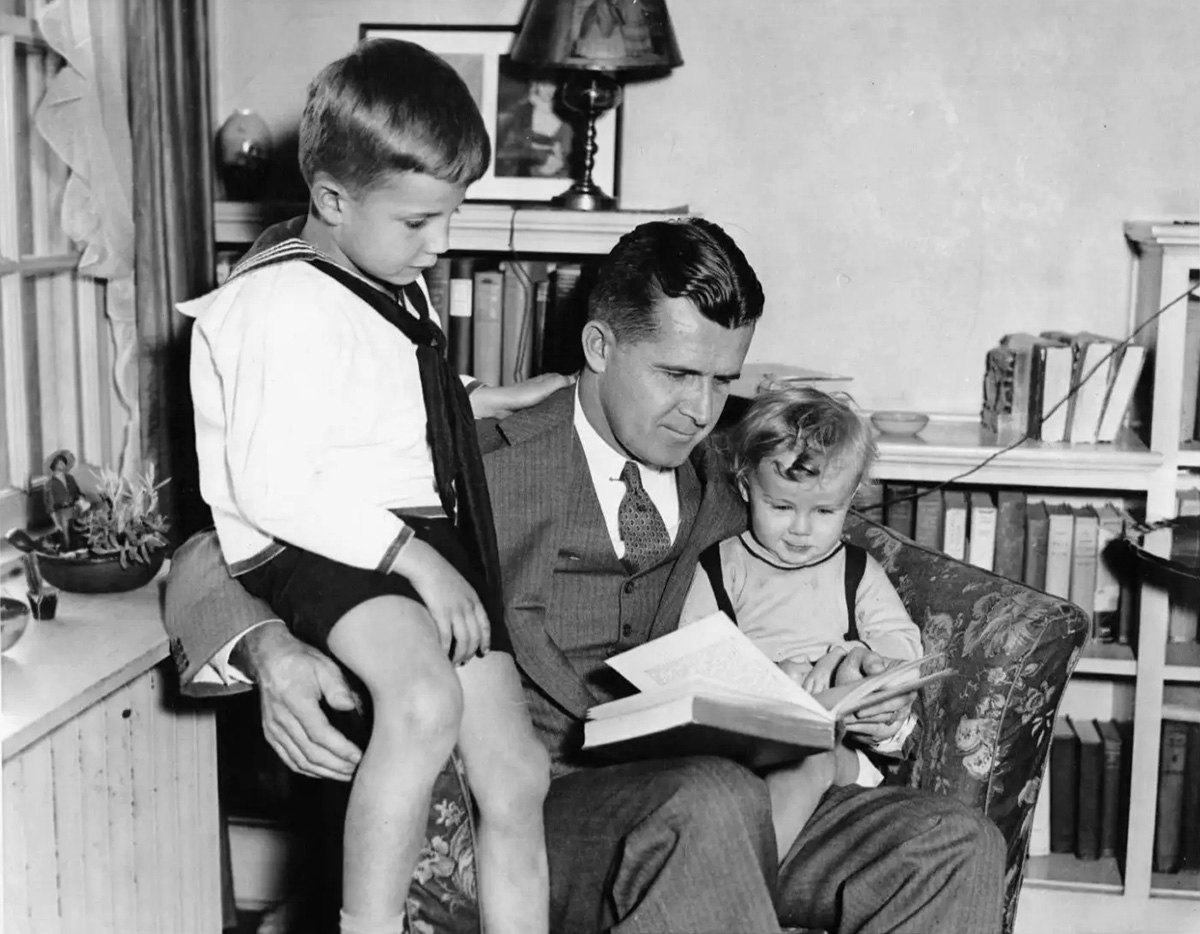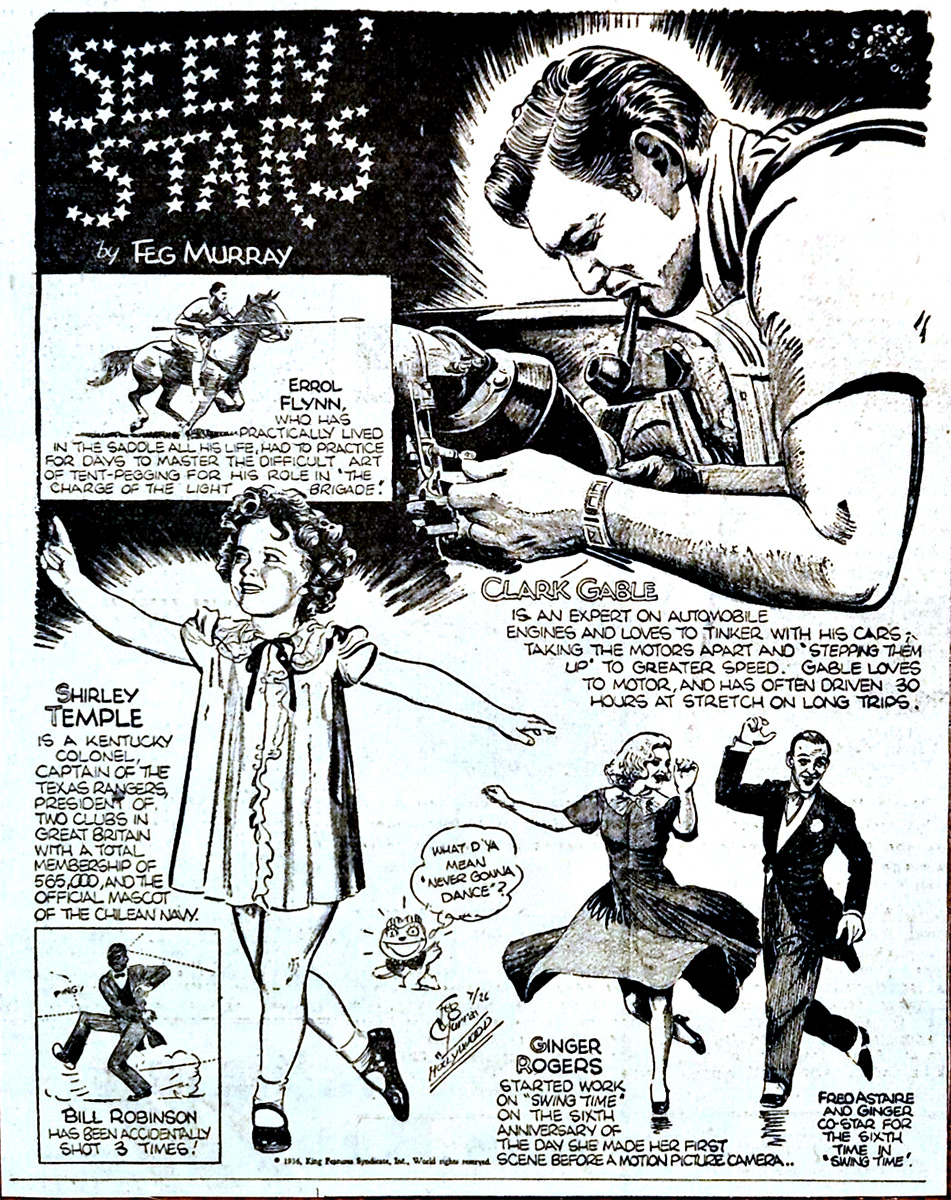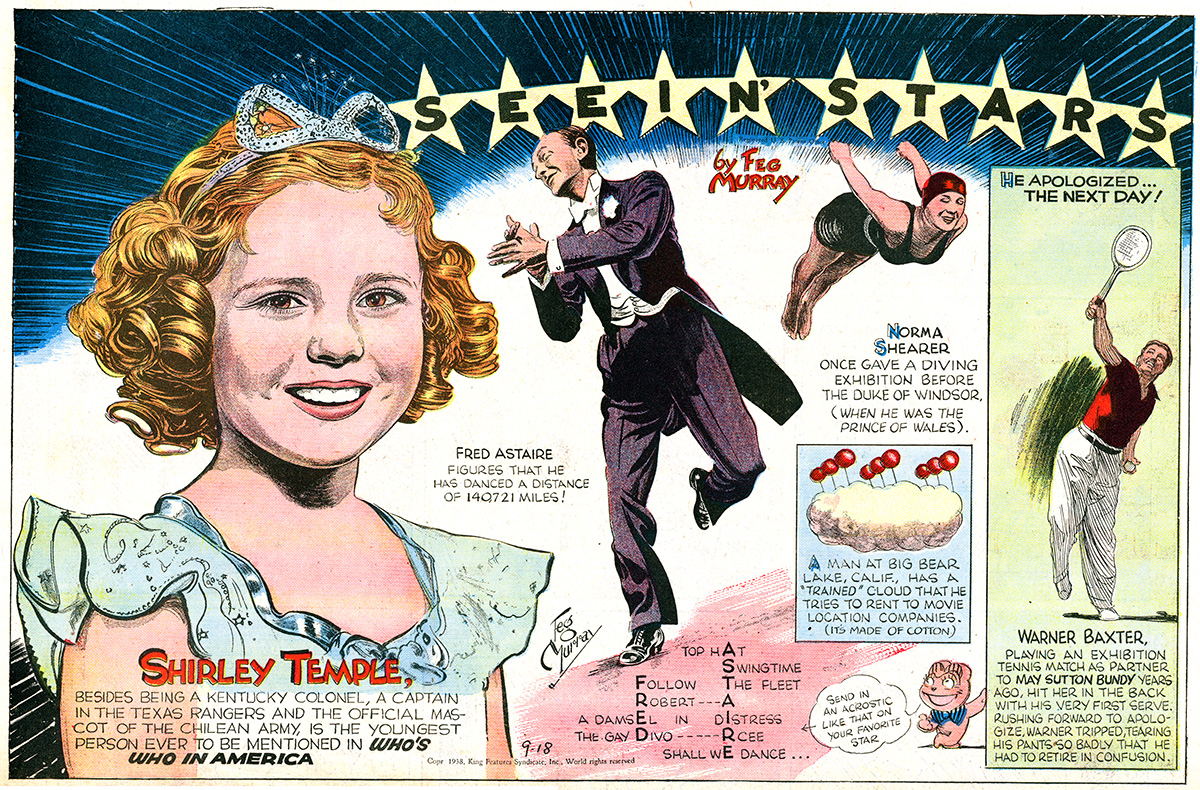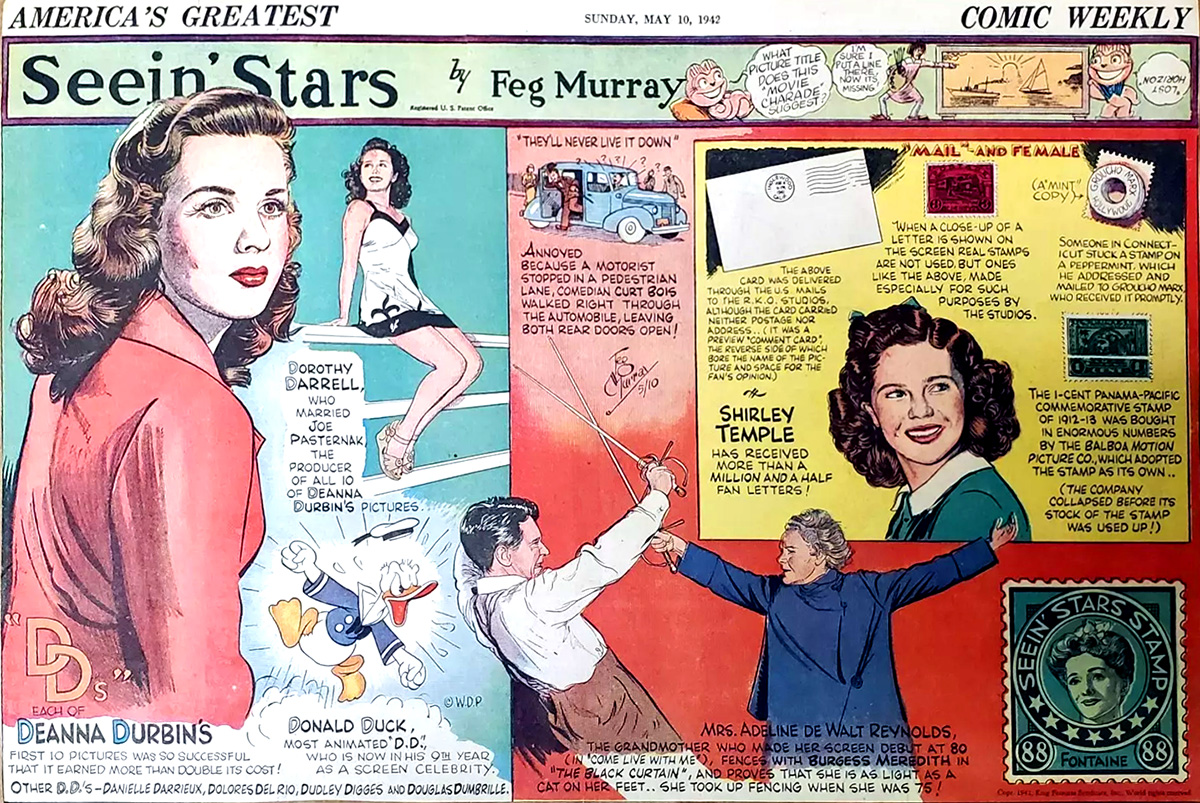
Today’s post features vintage images of the El Cortez Hotel in San Diego, circa November 1956. At the top of the hotel was the legendary Sky Room, which featured “…the world’s great inspirational, panoramic views” of downtown.

Two genuine FauxD© images from the hotel show what the postcard is bragging about:


The Plaza Hotel sign shown in the detailed view below still exists. From roadarch.com comes this info:
The Plaza Hotel was known as the New Plaza Hotel when it opened in the 1930s. The rooftop sign is probably from then.

The Plaza is permanently closed from what I can find. From a 2014 article on the San Diego Magazine website comes this brief history of El Cortez:
Completed on Thanksgiving Day in 1927. It was the tallest building in San Diego. Designed by Walker and Eisen Architects in Spanish Renaissance style, the $2 million project was built atop the site of Ulysses S. Grant, Jr.’s former home. In 1928, El Cortez had 85 apartment suites, available to rent for $100 per month, and 32 hotel rooms for $5 per day. Flashing atop Cortez Hill, the El Cortez neon sign was installed in 1937 to serve as a beacon for the U.S. Navy. The Sky Room was added to the 15th floor in 1940 and quickly became a hot spot on the San Diego social scene. During World War II the 12th floor was used as an anti-aircraft battery and radar station. Hotel entrepreneur Harry Handlery purchased El Cortez in 1951 and made numerous additions to attract more clientele. In 1956, he added the Starlight Express, the second exterior glass elevator in the world and the first in the U.S., transporting guests to the Starlight Room for cocktails above the city.

Circa 1958. notice the Sky Room sign letters on top of the El Cortez Hotel sign visible in the detailed view below:

In 1978, its allure faded, Handlery’s son Paul sold El Cortez for $7.5 million to Rev. Morris Cerullo, the head of World Evangelism Inc. Most of the hotel’s meeting and social spaces were gutted to accommodate ministry and evangelical training until 1981, when Cerullo sold it for more than $20 million. El Cortez was named a historic site by the City of San Diego’s Historical Resources Board in 1990, saving it from demolition. The building was added to the National Register of Historic Places in 2002. El Cortez was purchased by the historic preservation firm J. Peter Block Companies in 1997 and restored to residential status. A grand reopening gala was held in June 2000. Today, El Cortez is home to 85 condo units and 11 commercial units. As of December 2014, a 670-square-foot one-bedroom/one-bath condo was listed for sale at $299,000; a 2,000-square-foot two-bedroom/two-bath condo was more than double that, at $669,000. HOA fees top $620 per month.

See more San Diego El Cortez photos at my main website.

